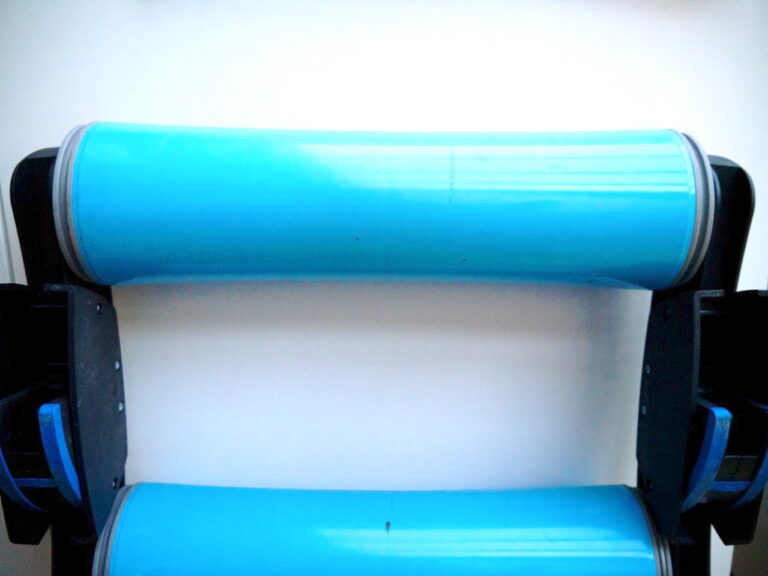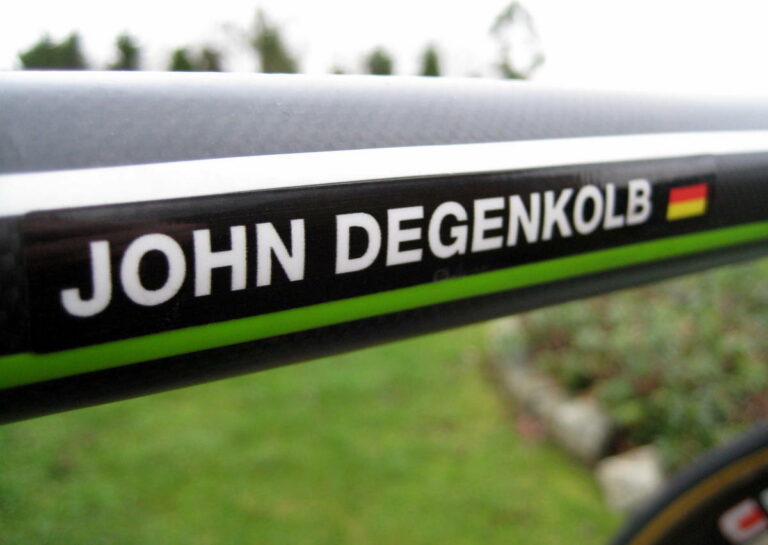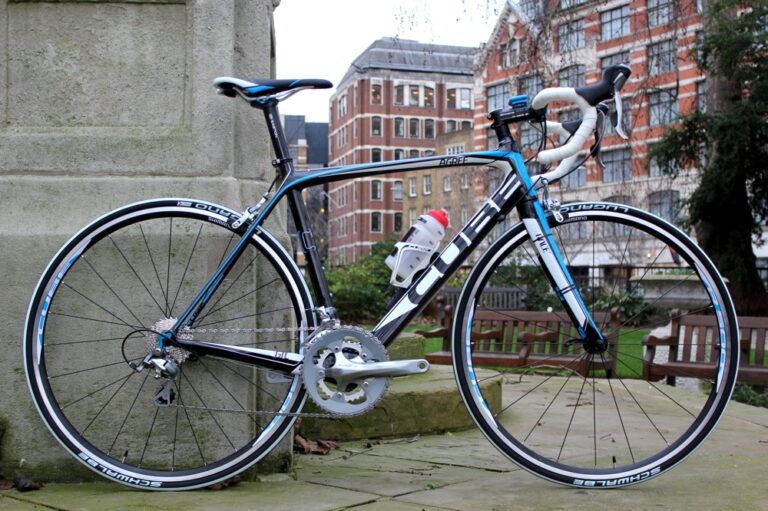The changeable, but generally inclement conditions in December has meant that testing of the Castelli winter clothing since our ‘first look‘ carried out in wet, if not cold conditions.
Indeed the two key pieces of kit from Castelli will probably really hit their stride as the frosts re-emerge and the temperature drops to low single digits. Here’s the story so far.
Espresso Due jacket – £230
The softshell Espresso Due jacket has become a firm favourite. The Windstopper® x-fast 2 fabric has been through several washes to remove mud and road spray and has remained soft, stretchy and supple.
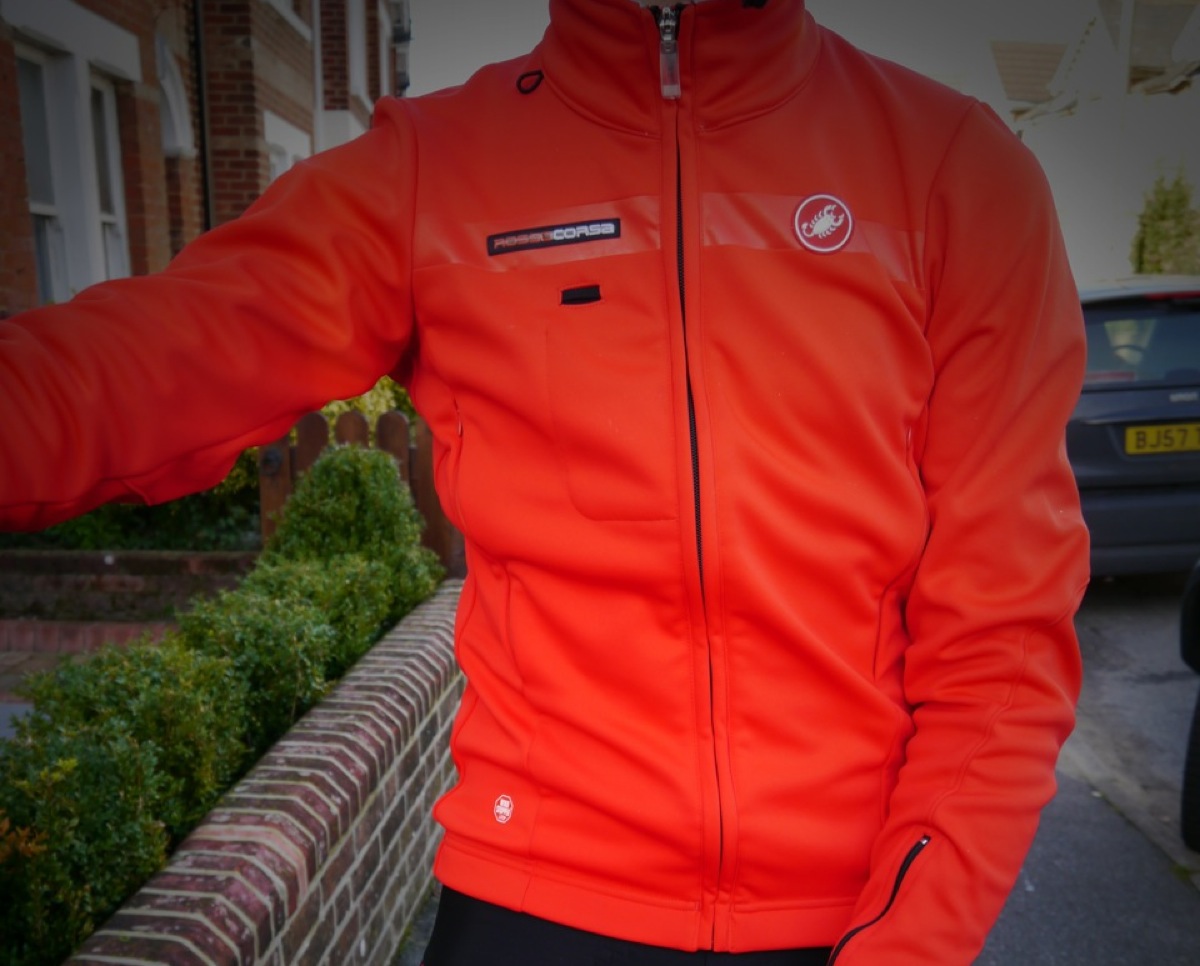
It’s a seriously warm top, ideally suited to the longer rides of winter training, and to early starts or late finishes when the temperature is at its lowest. This is exactly the sort of kit that will keep you on the bike in cold weather – you’ll have no excuse for feeling chilly.
Faster paced training or warmer conditions, however, will necessitate use of the jacket’s vents. When opened, they allowed air to circulate effectively through what is a slim fitting garment, but you could find yourself over-heating if you fail to judge the temperature correctly.
A word on the zips for the chest vents, which were difficult to locate: we would like to have seen rubber or fabric tags attached, which would have been easy to grab and prevented much fumbling around; a minor point, perhaps, but an issue not easy to solve as the zip pulls are too small to attach homemade tags.
In wet weather, it took a good two hours, and heavy conditions, before rain permeated the garment. This occurred around the shoulder seams, in driving rain. The jacket’s wind proofing qualities saved us, however, from becoming chilled.
Not one who listens to music while riding, I haven’t made full use of the MP3 pocket, other than to transport my phone. A few rides required me to be in contact with the real world, however, and the ability to answer the phone with an earphone and lead-mounted microphone proved to be a very useful feature.
The wrist zips worked well and allowed us to secure the tight-fitting Thermoflex cuffs over winter gloves, even with the reduced feel that comes with wearing gloves. The seal was sufficient to prevent chilly air from working its way into the sleeve and kept us cosy.
I’m not a great one for shoving lots of stuff into my rear pockets, preferring to carry the bare essentials in a seat pack. But my normal bumf for rear pockets – a homemade flapjack, energy bar or gel, and small pump – all dropped into the rear of the Espresso Due easily and without ruining the clean lines.
Sorpasso bibtight – £150
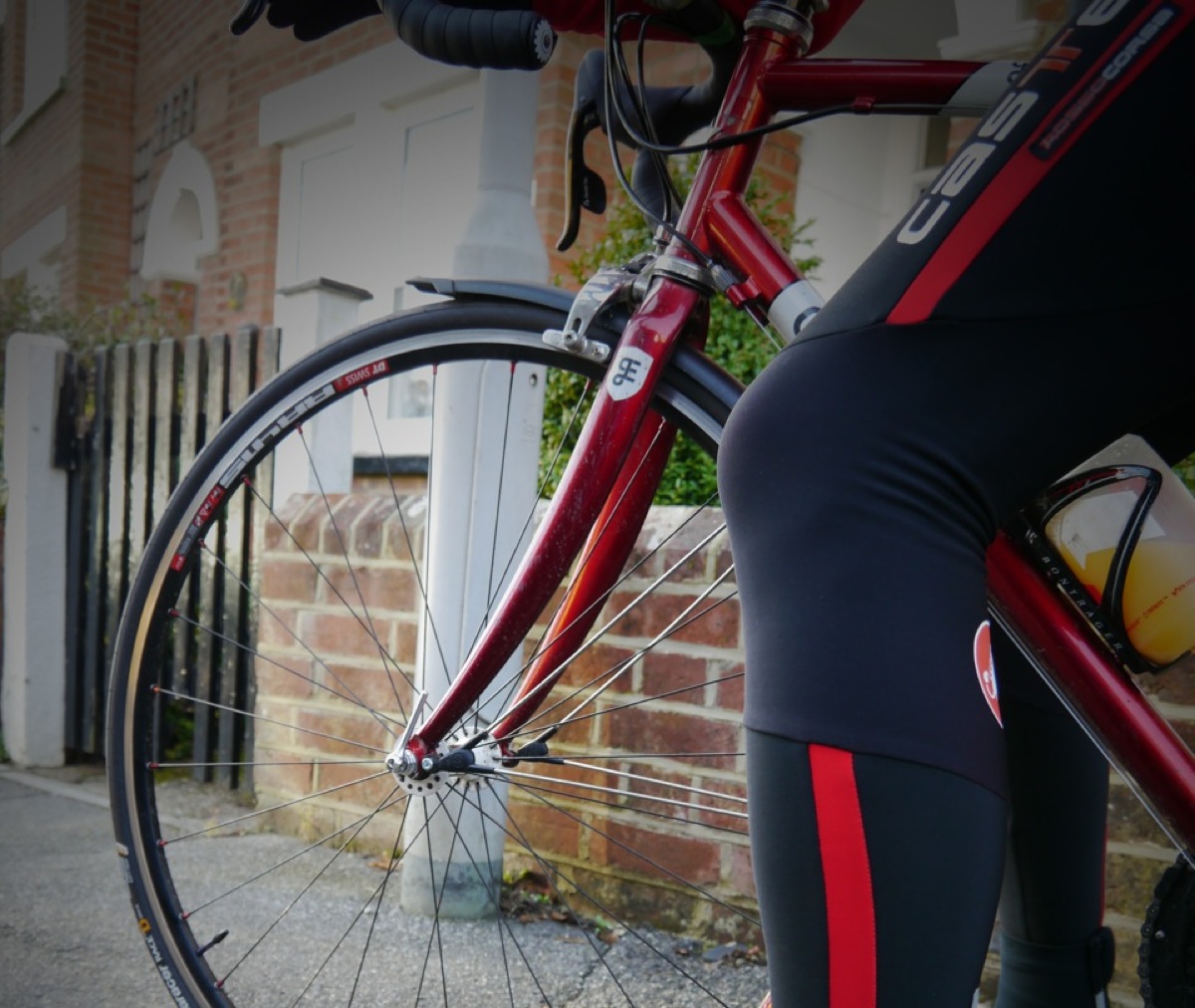
The Sorpasso bibtight is the warmest and most comfortable I’ve worn, and to that end, the best. The “core due” style may not be to everyone’ taste: its red ‘undercoat’, visible through the seat and the knees, drew comment from riding buddies. The last laugh, however, will be yours: a rider likely to remain warm and cosy, if our experience is a guide.
The hollow core polyester internals combined with the standard Thermoflex fabric kept our body temperature well regulated, and we expect to wear them into early spring.
The grippy material around the ankle and the Giro++ fabric straps kept the tights wrinkle free and there was no baggy lycra hanging around to ruin our cool. The Progetto X2 seatpad/chamois has a continuously variable foam pad with 12mm under the sit bones and slims down to 3mm at the edges. It proved comfortable and well-suited, with our favoured saddle, to long winter miles.
Uno:Uno plasma base layer – £45
Merino is our first choice for winter, but the last month has found us in the polyester Uno:Uno base layer. We were impressed by its performance; in particular, its rare ability for a polyester base layer to remain odour-free, thanks perhaps to a weave that increased airflow to the skin.
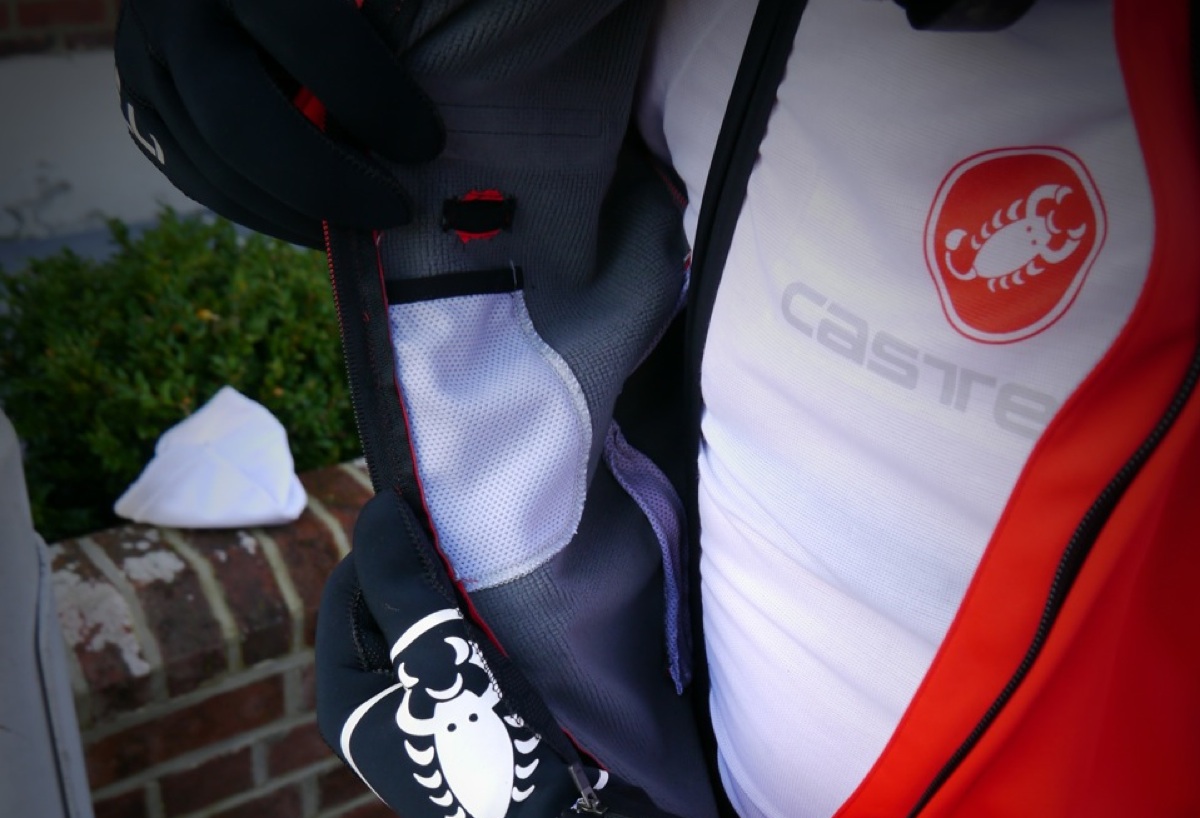
We felt confident enough in the Uno:Uno to venture out in just the base layer and a lightweight jersey, which, combined with the Sottile jacket (see below), was ample to keep us warm in the recent, unseasonably mild temperatures.
Diluvio Shoe Cover – £35, Diluvio Glove – £45, Chiro Due Glove – £55
Shoe covers are often frustrating: frequently ugly, and rarely hardwearing, with a tendency to fall apart with the first delicate walk to the cafe, or fumbled pull in the haste to join a waiting chain-gang.
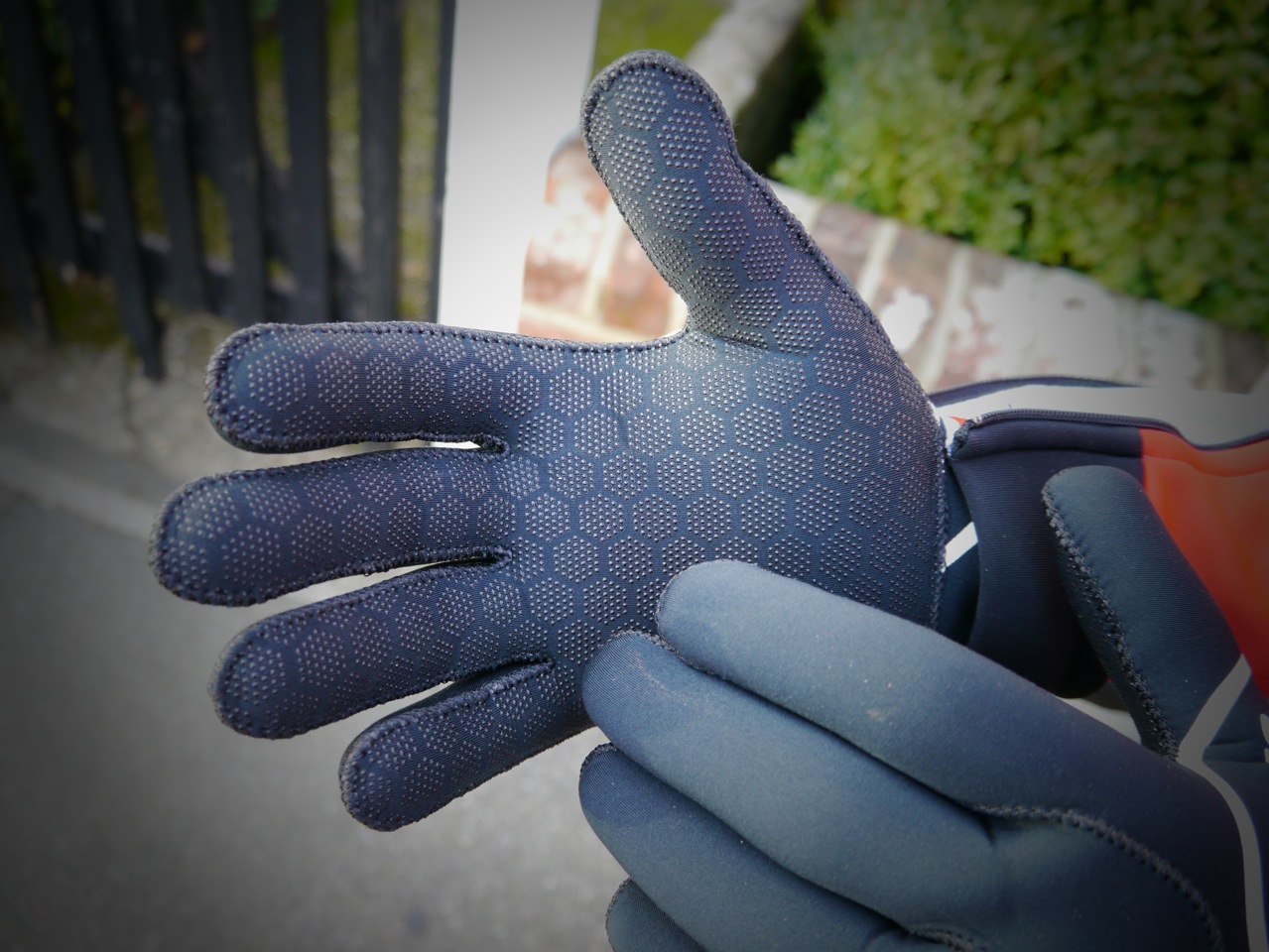
The Diluvio covers, however, made from Japanese neoprene, have so far avoided any of these pitfalls. The tall cuff does kept us dry well above the ankle, and the slim fit afforded by the wonderfully stretchy neoprene looked tidy and kept our feet warm, even when the spray was flying. These are excellent covers and, in our opinion, justified the price tag.
The neoprene Diluvio glove we were less sure of, due to their lack of breathability. On a few sub zero mornings, however, and in the seriously wet conditions we have had recently, we have grown more impressed by them. On long rides, we longed for a team car to pull alongside and hand us a fresh pair every two hours, but we found having warm, if slightly sweaty mitts infinitely preferable to a ride with cold hands.
Castelli fans unconvinced by the merits of neoprene gloves might consider their Chiro Due glove, which we thought looked like a great autumn and early winter friend. The Windstopper® x-fast fabric performed as intended and saved us from wind chill. The fleecy lining did not provide the instant warmth delivered by the Diluvio, but half-an-hour to forty minutes into a ride made in temperatures as low as minus three degrees, our hands were warm. The Pittards® leather palm had a wonderfully soft feel and gripped the bars well, even in the wet conditions that characterised much of our testing.
Sottile Jacket – £70
The final surprise of the test kit was the transparent Sottile jacket, a super modern version of the traditional rain cape. The stretchy nylon and polyester blend gave us a wonderfully lightweight, wind resistant (near windproof) and rainproof jacket. We used it from the outset on a few longer expeditions. While not the most breathable, in cold conditions the mesh armpit panels kept us at a comfortable temperature for the entirety of a four-hour ride.
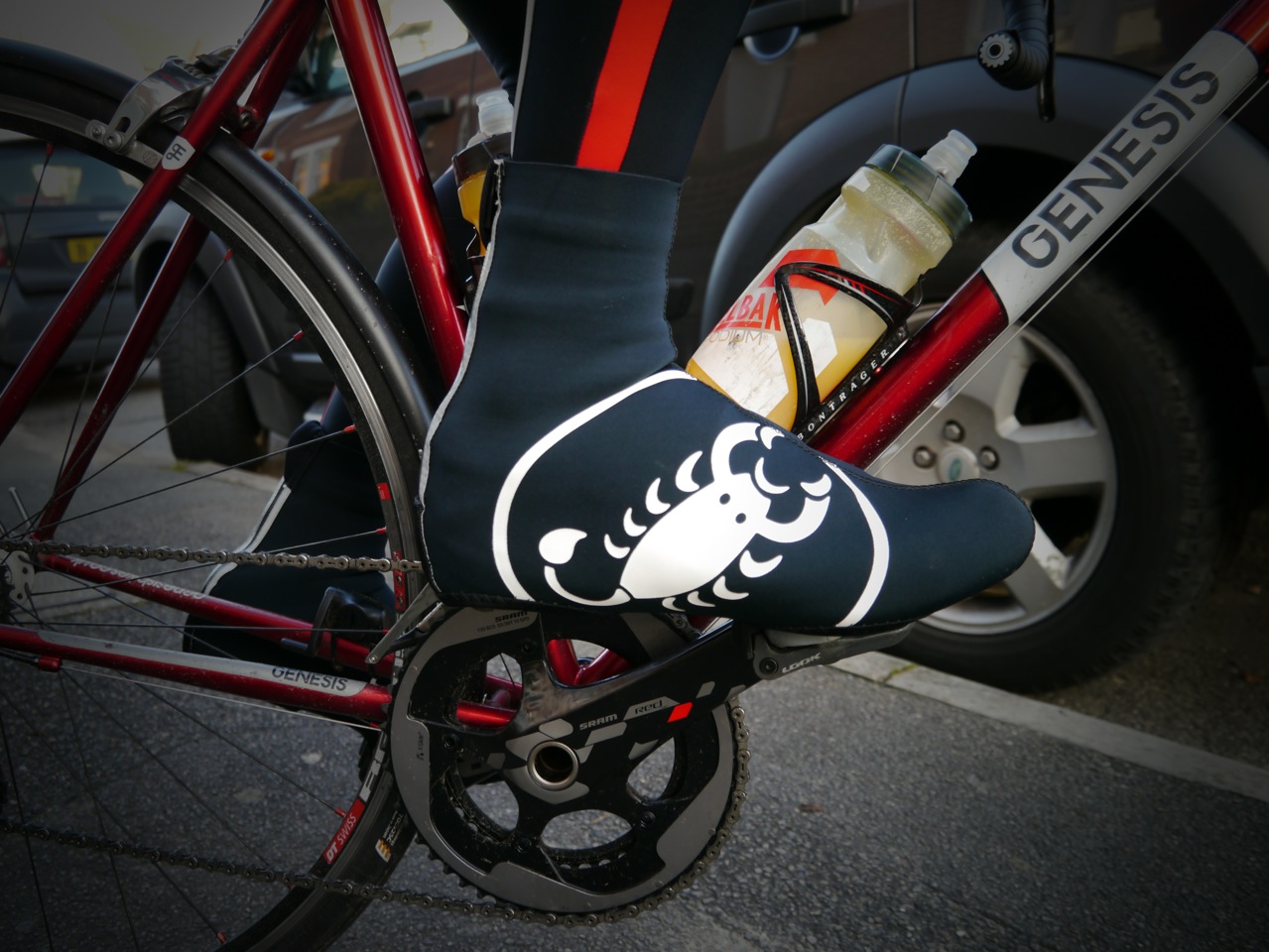
More impressive was its Teflon-like quality. Despite receiving a substantial amount of road spray from the unguarded wheels of some riding colleagues, and wearing a white jersey beneath, we remained pretty immaculate through the ride. Dirt seems to drop off the jacket. The 10,000mm rating kept us dry for a several hours; indeed, we remained almost completely dry on one long ride in the rain, other than some minor water penetration through the mesh panels at the armpit.
The Sottile jacket’s capacity to reduce to a size that consumed only half a jersey pocket has made it a staple for all rides, and it is likely to remain a companion for much of the year, given the unpredictability of our wonderful weather.
Conclusion
Despite the dismal conditions in which much of this test has occurred, the riding has never been less than enjoyable: as fine a tribute as we can offer to the quality of the clothing (as well as to our mudguards).
Fans of Castelli will need little convincing of the merits of the garments tested here. Those new to the brand will observe its status as a premium offering (it ain’t cheap) and its fit (tailored with a bias to the professional, rather than to the recreational rider).


